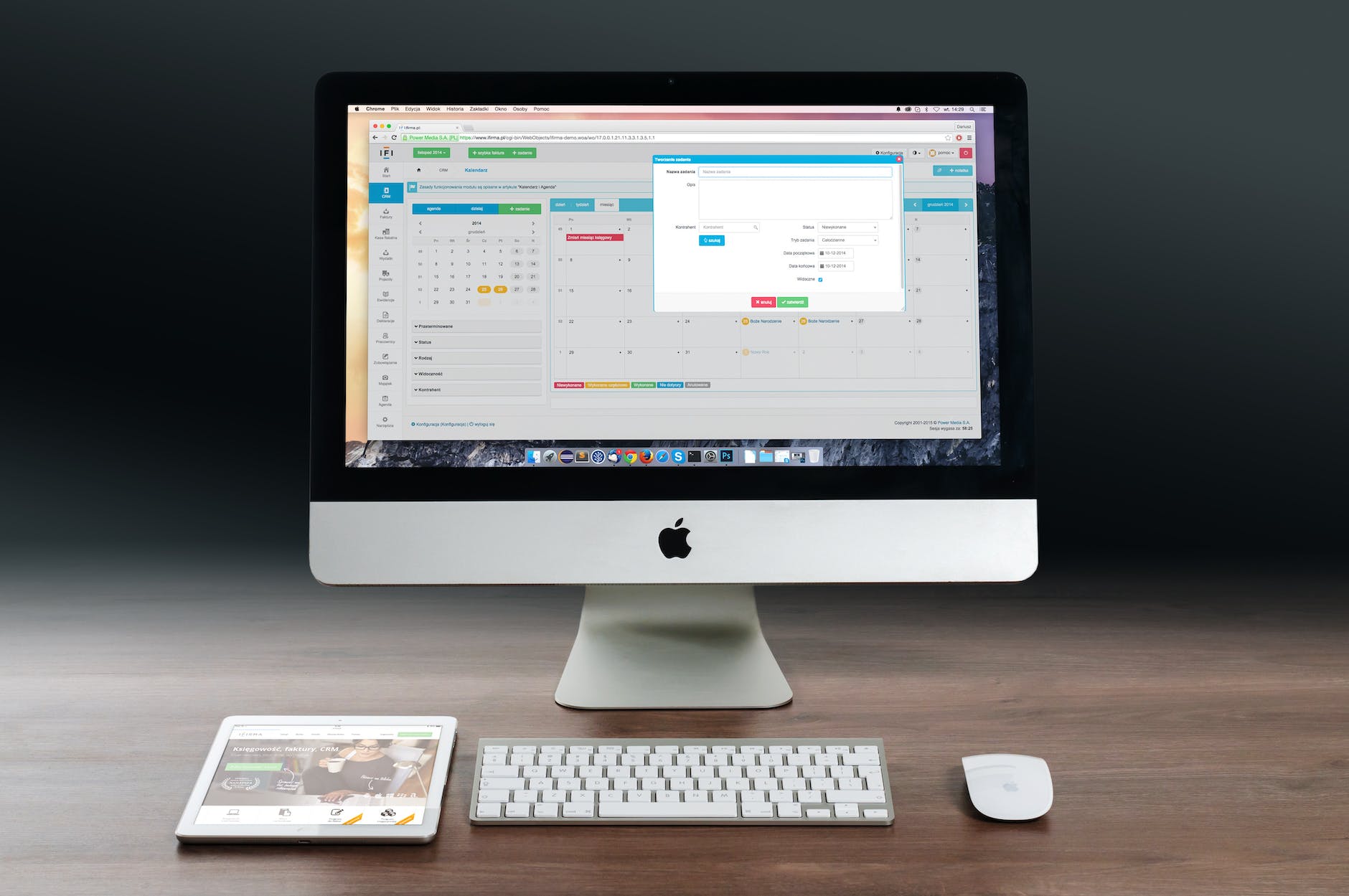The Essential Components of a Computer: An In-Depth Exploration
Introduction:
Computers have become an integral part of our daily lives, enabling us to perform a wide range of tasks efficiently. Behind the sleek exteriors lie intricate systems composed of various components, each playing a crucial role in the overall functionality. This essay delves into the four major parts of a computer: the keyboard, mouse, system unit, and screen, examining their significance and contributions to the computing experience.
Keyboard:
The keyboard serves as the primary input device for computers, allowing users to input text, commands, and various other functions. It consists of a set of keys arranged in a specific layout, typically following the QWERTY design. Each key represents a specific character, symbol, or function, enabling users to interact with software applications and navigate through menus effortlessly. The keyboard has evolved over time, incorporating additional features such as multimedia keys, backlighting, and ergonomic designs to enhance user comfort and convenience.
Mouse:
The mouse, another essential input device, provides a means for users to interact with graphical user interfaces (GUIs) by moving a cursor on the screen. It typically consists of two or more buttons and a scrolling wheel. By moving the mouse across a flat surface, users can control the cursor’s position and perform various actions such as selecting, dragging, and clicking on graphical elements. In addition to the traditional mechanical mouse, optical and wireless variants have gained popularity, offering improved precision and freedom of movement.
System Unit:
The system unit is the central processing hub of a computer, housing vital hardware components that enable its operation. It typically consists of the central processing unit (CPU), random-access memory (RAM), storage devices, and various other internal components. The CPU, often referred to as the “brain” of the computer, executes instructions and performs calculations. RAM provides temporary storage for data and instructions that the CPU requires for immediate processing. Storage devices, such as hard disk drives (HDDs) or solid-state drives (SSDs), store data and software applications for long-term use. The system unit also houses expansion slots, which allow users to connect additional peripherals and upgrade the computer’s capabilities.
Screen:
The screen, also known as the monitor or display, serves as the computer’s output device, presenting visual information to users. It provides a visual interface that enables users to interact with software applications, view documents, images, videos, and more. Screens come in various sizes, resolutions, and technologies, including liquid crystal displays (LCDs), light-emitting diode (LED) displays, and touchscreens. High-resolution screens offer sharper and more vibrant visuals, enhancing the overall user experience.
Conclusion:
The keyboard, mouse, system unit, and screen are the fundamental components that make up a computer system. Each part plays a distinct role in enabling users to input, process, and output information efficiently. The keyboard and mouse facilitate input, allowing users to interact with software applications, while the system unit houses critical hardware components that drive the computer’s functionality. Finally, the screen presents the visual output, enabling users to perceive and engage with the computer’s processed information. Together, these components form the backbone of modern computing, empowering users to accomplish tasks, access information, and explore the digital world with ease.
2014 KCSE 2023 EXAMS AGRICULTURE AGRICULTURE PAPER 1 AGRICULTURE PAPER 1 QUESTIONS ARSENAL BIOLOGY BIOLOGY PAPER 1 BIOLOGY PAPER 2 BIOLOGY PAPER 3 Business BUSINESS STUDIES BUSINESS STUDIES FORM 2 C.R.E PAPER 1 C.R.E PAPER 2 CHEMISTRY CHEMISTRY NOTES Chemistry Paper 1 CHEMISTRY PAPER 2 COMPUTER STUDIES COMPUTER STUDIES FORM 1 COMPUTER STUDIES FORM 2 computer studies form 3 COMPUTER STUDIES FORM 4 Computer Studies Paper 1 COMPUTER STUDIES PAPER 2 CRE CRE FORM 1 CRE FORM 2 CRE FORM 4 CURRICULUM DESIGN ENGLISH ENGLISH EXAMS ENGLISH PAPER 1 ENGLISH PAPER 2 ENGLISH POETRY ENGLISH PREMIER LEAGUE FORM 1 FORM 2 FORM 3 FORM 4 FORM 4 EXAMS Form 4 Mocks GEOGRAPHY GEOGRAPHY FORM 1 GEOGRAPHY FORM 2 GEOGRAPHY FORM 3 GEOGRAPHY FORM 4 GEOGRAPHY NOTES GEOGRAPHY PAPER 2 GRADE 7 CURRICULUM DESIGNS HISTORY AND GOVERNMENT HISTORY PAPER 1 HOME SCIENCE INSHA IRE JESUS KCPE KCPE 2006 KCPE 2007 KCPE 2008 KCPE ANSWERS KCSE KCSE 2013 KCSE 2022 KCSE MARKING SCHEMES KCSE MATHEMATICS TOPICAL QUESTIONS KISWAHILI KISWAHILI PAPER 2 KISWAHILI PAPER 3 KNEC DOCUMENTS KUCCPS MAPAMBAZUKO YA MACHWEO MATHEMATICS MATHEMATICS FORM 1 mathematics form 2 MATHEMATICS PAPER 1 MATHEMATICS PAPER 2 MOCKS NOTES PDF DOCUMENTS PHYSICS PHYSICS FORM 1 physics paper 1 PHYSICS PAPER 2 play group Questions or Answers REVISION KITS SCIENCE SIGNAL EXAMS SOCIAL STUDIES Soil STANDARD 8 STD 8 2022 REVISION PAPERS SWALIJIBU TERM 1 TERM 2 TPAD TUTORIALS TSC WEALTH

